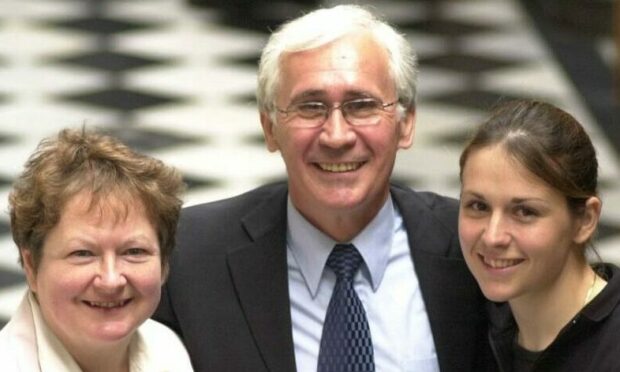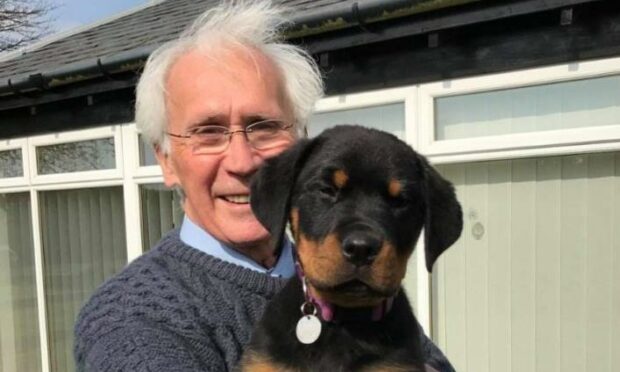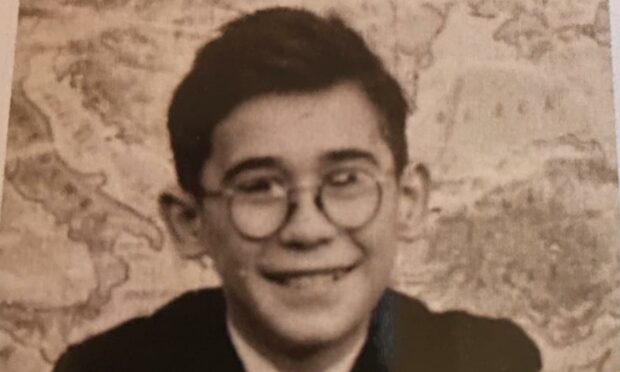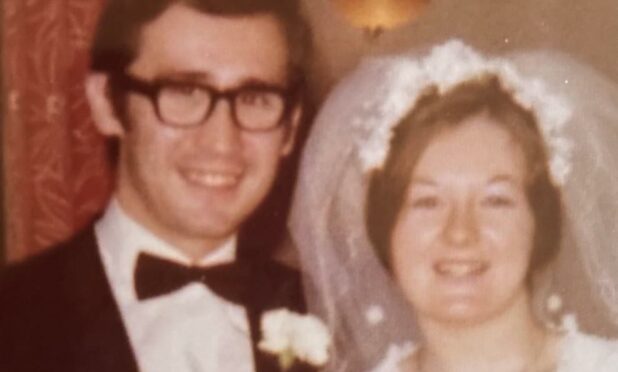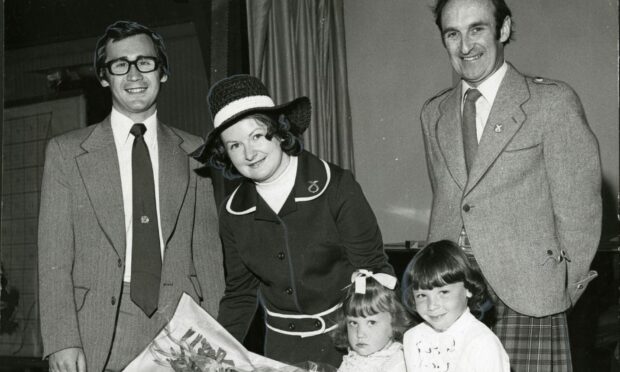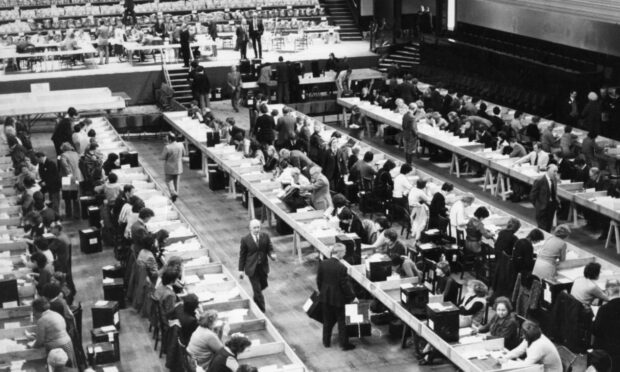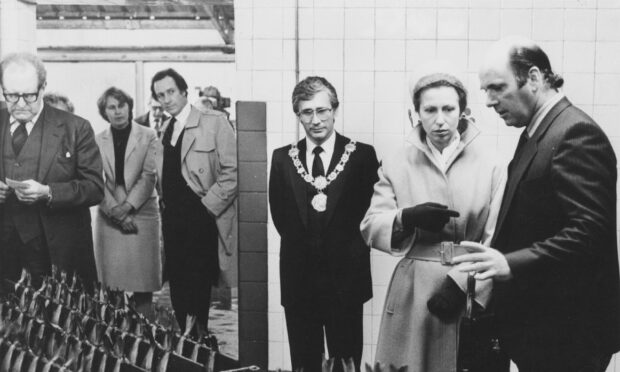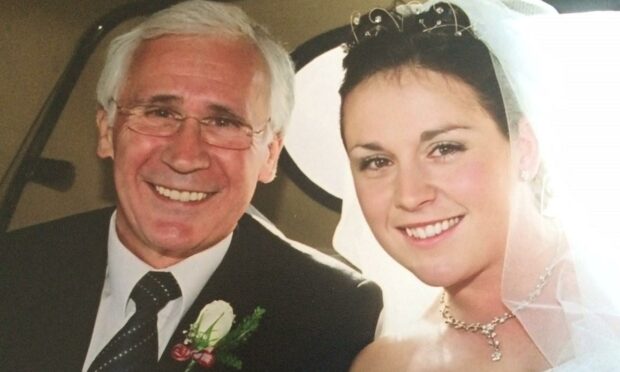Andrew Welsh, who has died aged 77, spent half a century at the heart of the Scottish independence movement.
He was also a husband, father, a teacher, a linguist and a guitar player. We look back the life of this most determined of politicians who was one of mould-breaking SNP intake of 11 MPs in 1974.
Andrew Paton Welsh was born in Glasgow on April 19, 1944.
His father was William Welsh, a bank accountant, and his mother, Agnes, managed the home.
The youngest of three children, he attended primary school in Cardonald with his brother Rogan and sister Maureen, before he moved on to Govan High School.
Living in the shadow of Ibrox helped form a definite love of Glasgow Rangers but it was a devotion to his country that would set him apart from others.
Joining the SNP aged just 16, he already had a desire for politics and his nation’s interests at heart.
University years
Andrew left school to take up a position in the National Commercial Bank.
From there he went on to Glasgow University to study politics and history in 1967.
Quickly joining the Scottish National Association, he became friends with Sheena Cannon, who was also on the same course.
After a courtship that spanned their university days, the pair married after graduation in Sheena’s home town of Dunoon in November 1971.
The couple would go on to have one daughter, Jane, who is married to Roly Smith. The couple have one daughter, Zara, 13.
He and Sheena together would be a formidable heart at the centre of the nationalist movement throughout their marriage.
After graduation, Andrew began teaching history at Stirling High School.
Sheena also taught, first primary, then secondary, before supporting children with additional educational needs.
Political journey
In February 1974 Andrew campaigned for the Central Dumbarton seat but finished fourth.
Determined, his political hopes were not dashed.
Soon after he won the local election to become a member within Stirling council but by October the same year everything was about to change.
He impressively beat Tory Jock Bruce-Gardyne on his home turf, Angus, to become one of the now-famous SNP 11.
“Our lives were just turned on their heads,” Sheena said.
“I mean, it’s always a lot of work being an MP but this was also at the time of the minority Labour government.
“There were constant late nights. He was away a lot. But I knew then and still do now that it was what Andrew wanted.”
On entering parliament for the SNP he spoke for his party on issues of local government, housing and later small business and agriculture.
He became deputy chief whip in 1976, helping hone the SNP’s devolution plans and took on chief whip in 1978.
1979 referendum
The referendum of March 1979 saw the SNP ever-resolute in its devolution stance.
In pursuit of their dream for Scotland, Andrew and fellow party members demanded Callaghan go ahead with setting up a Scottish Assembly, but he refused.
As chief whip it was down to Andrew to deliver the SNP’s motion of no-confidence into the hands of an ashen-faced Michael Foot.
Mrs Thatcher pressed it home, and on March 28 1979 it was carried by 311 votes to 310.
In a move that essentially began almost 20 years of Conservative rule, it saw the SNP lose nine of its 11 seats, including Andrew’s.
“He suffered for that, they all did,” said Sheena. “We lost seats and a lot of sleepless nights. But on reflection Andrew still held the belief that Callaghan and his Government could have got themselves out of that trouble.
“He was acting on behalf of the party,” said Sheena.
A new leadership role
On losing his seat Andrew returned to education, lecturing in public administration and economics at Dundee College of Commerce, and Angus College, Arbroath.
At the 1983 election he stood again – unsuccessfully – but was next year elected to Angus Council as the SNP took control.
Sheena was already elected there in 1980 and from 1984 until 1987 Andrew became provost.
In 1987 Andrew once again stood, this time returning to Westminster representing Angus East as only one of three SNP MPs.
He became party vice-president and was once again chief whip.
Holyrood beckoned
In the first historic Holyrood elections of May 1999, Andrew’s dream of being a politician in a parliament for Scotland was realised.
He was elected for Angus with a majority of almost 8000.
He served under a double mandate until stepping down from Westminster at the 2001 General Election.
Remaining an MSP until 2011, he retired aged 67.
Strong stance
Retaining his seat in the 1992 and 1997 elections, he led the successful, It’s Scotland’s Water campaign against privatisation plans north of the border.
He was opposed to Trident and campaigned against storing nuclear waste in Scotland.
Known for his organisational skills, he took a stand against the move to include Scottish schools in opting-out of council control and, in March 1989 led an SNP Commons sit-in to delay Lawson’s Budget.
In October 1991 he was given leadership of transport.
He voted to ban foxhunting, and was outspoken in his efforts to thwart plans to extend daylight saving.
Andrew is reported to have said it was done to suit the “narrow interests of a faction in the most southerly part of England”.
Learning languages
Despite his quiet demeanour, Andrew was an ardent linguist, speaking French, Spanish, Mandarin and a smattering of Italian.
He looked forward to travelling with Sheena more in their retirement years as he was limited during his time as an MP, wanting to stay close to parliament.
While they did manage to visit Canada, China, Russia, Florida and the Caribbean, Alzheimer’s disease would sadly rob the couple of further holidays.
It would also sadly remove from them the opportunity to celebrate their golden wedding which should have taken place in November.
The Buddy Holly and Everly Brothers fan, who loved to play guitar, became a freeman of the County of Angus and in January 2013 was appointed a Deputy Lieutenant for Angus.
He also served on the Court of the University of Dundee.
But of all his life’s accolades it was perhaps walking his daughter Jane down the aisle that was the greatest honour of his life.
First Minister Nicola Sturgeon attended Andrew’s funeral in St Andrew’s Church, Arbroath, on Thursday.
She tweeted:
A sad afternoon in Arbroath to say farewell to Andrew Welsh – a Govan lad who made Angus his home, and served over the years as its Provost, MP and MSP. Andrew was a giant of @theSNP and the Scottish independence movement. We will miss him. pic.twitter.com/ubSnmMYXKB
— Nicola Sturgeon (@NicolaSturgeon) June 24, 2021
Describing Andrew – a husband, father and grandfather – as “a kind, gentle, person,” Sheena, Jane and their wider friends and family celebrated his life in the church where he was an elder.
The hymns chosen were the same as those at their wedding 49 years earlier.
